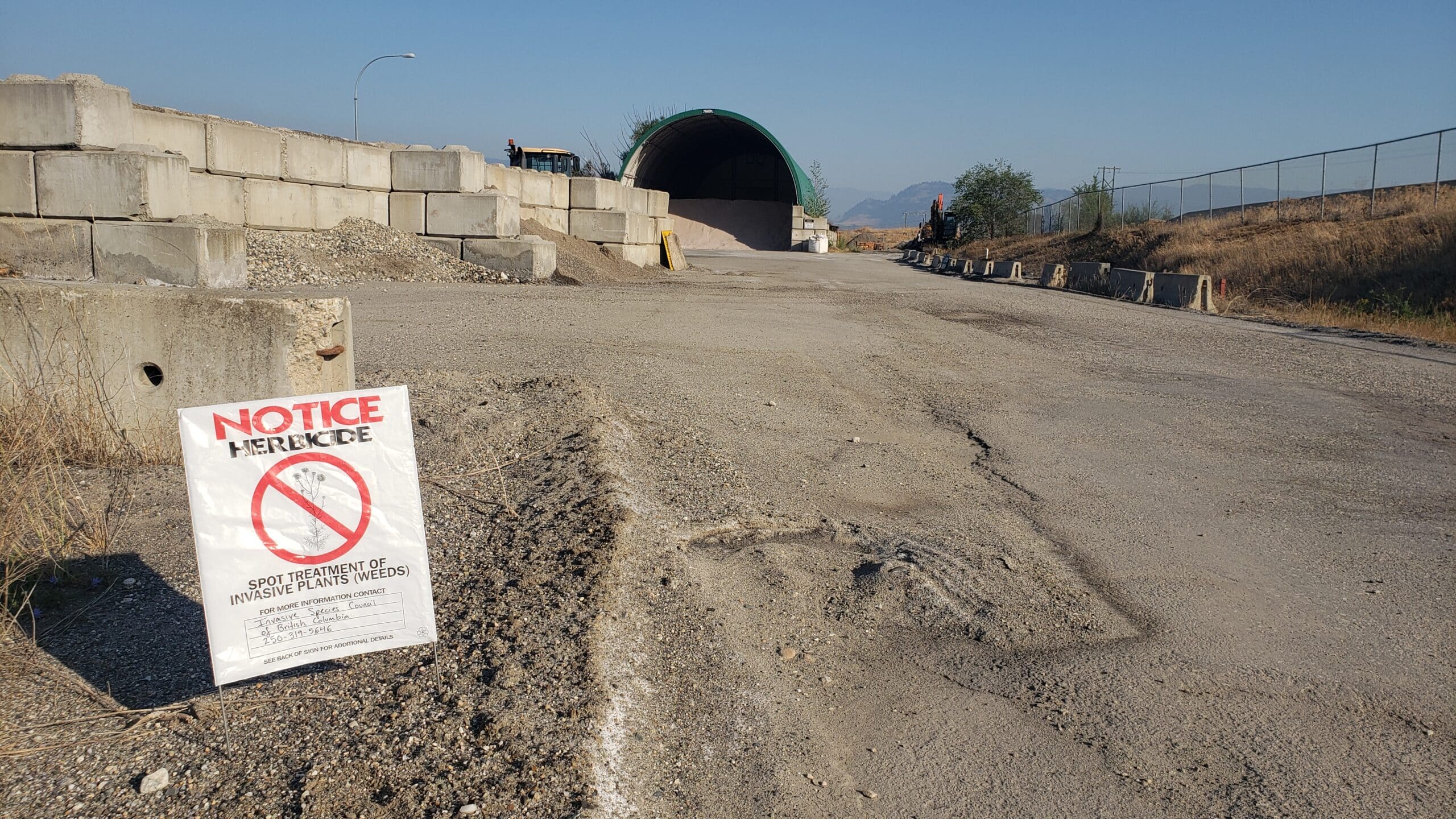By Lisa Houle | March 14, 2023
Invasive plant species are opportunists. When they have the chance, seeds spread easily into areas where soil is disturbed. This makes gravel pits the perfect place for seeds to land, grow and thrive.
“Gravel pits are perpetually being disturbed due to the nature of the work being done there. This disturbance is typically caused when aggregate materials – gravel, crushed stone, and sand – are moved in, within, or out of the pit area,” said Dave Ralph, Senior Manager of Operations and Safety Officer for ISCBC.
All this movement makes it very easy for invasive plants to get around.
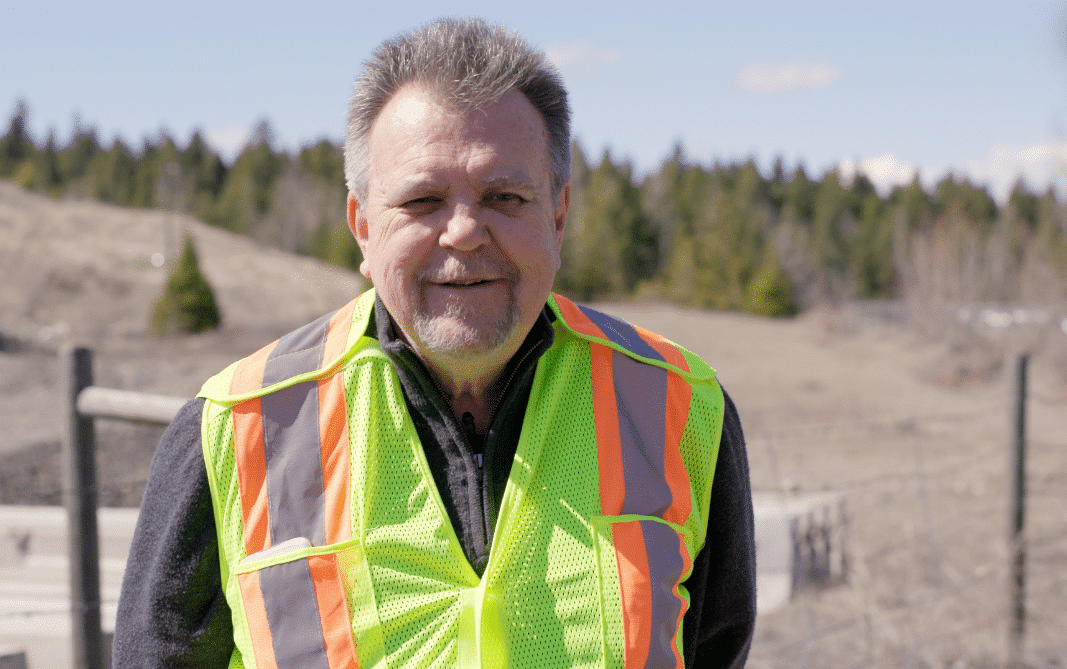
“Not only do these raw materials become the vectors of spread for seeds and plant parts, the equipment that handles or carries the material can also move seeds from one place to another. Wherever the equipment or material move to become the pathways of spread.”
Having identified the need to manage and monitor gravel pits, ISCBC entered into a two-year agreement with the Ministry of Transportation in 2015, with ISCBC providing strategic integrated invasive and noxious weed management in priority gravel pits within the Thompson-Nicola Regional District and the Cariboo Regional District.
ISCBC has since completed a fourth two-year contract with the Ministry of Transportation. In 2015, ISCBC oversaw the management of 22 pits in two regional districts by two contractors. By 2022, that number ballooned to 179 gravel pits being managed (surveyed, treated, or monitored – or all or a combination of these) in nine regional districts by five contractors. The regional districts benefiting from gravel pit management include: Cariboo Regional District, Regional District of North Okanagan, Regional District of Central Okanagan, Regional District of Kootenay Boundary, Fraser Valley Regional District, Regional District of Okanagan Similkameen, Columbia Shuswap Regional District, Regional District of Fraser Fort George, and Thompson Nicola Regional District.
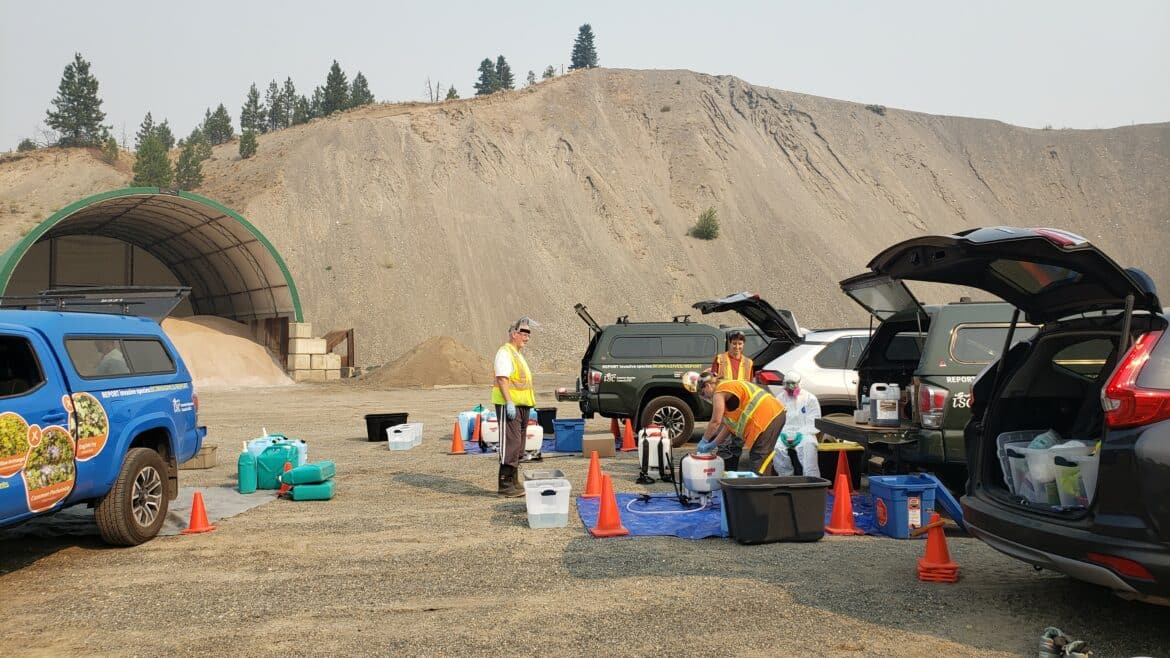
During these contract periods, each gravel pit under ISCBC’s management received a complete review of both the pit and its surrounding properties. Strategic integrated management plans were then developed following the principles of Integrated Pest Management (IPM), an environmentally sensitive approach which minimizes risks to people and the environment:
- Prevention: when pest problems are prevented, pests are not present to do damage, so no control measures are needed.
- Identification: determine the invasive plant species present and their characteristics to spread and proliferate.
- Monitoring: determine the presence, location, density and extent of invasive plant species infested areas.
- Action Threshold: once a damage level is reached, decide to act.
- Management Options: strategies may include a combination of behavioural, biological, chemical, cultural and mechanical methods to reduce invasive plant populations to acceptable levels.
- Evaluation: determine the efficacy of management decisions and re-evaluate and change strategies if required.
“While invasive plant species vary between gravel pits, every plant treated or removed is either a noxious listed species (under the BC Weed Control Act Regulations) or a priority invasive plant species as determined by the province, local governments, and regional invasive species organizations,” said Dave.
“If invasive plant species are manually or mechanically controlled, they are left on site up to the early bud stage of growth. Beyond this stage they are bagged and disposed at a landfill site for burial. If invasive plants have been managed with herbicides, they are not disturbed and left on site. After a management treatment is complete, follow-up or maintenance treatments are typically required to prevent invasive plant species from returning.”
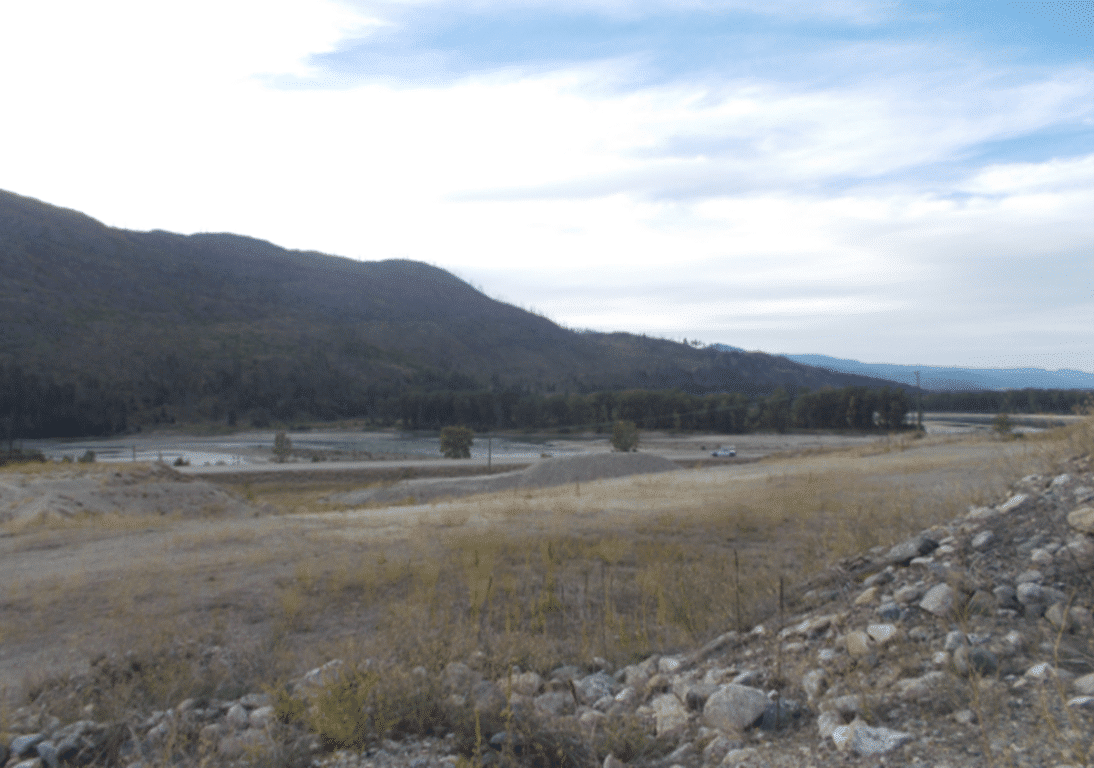
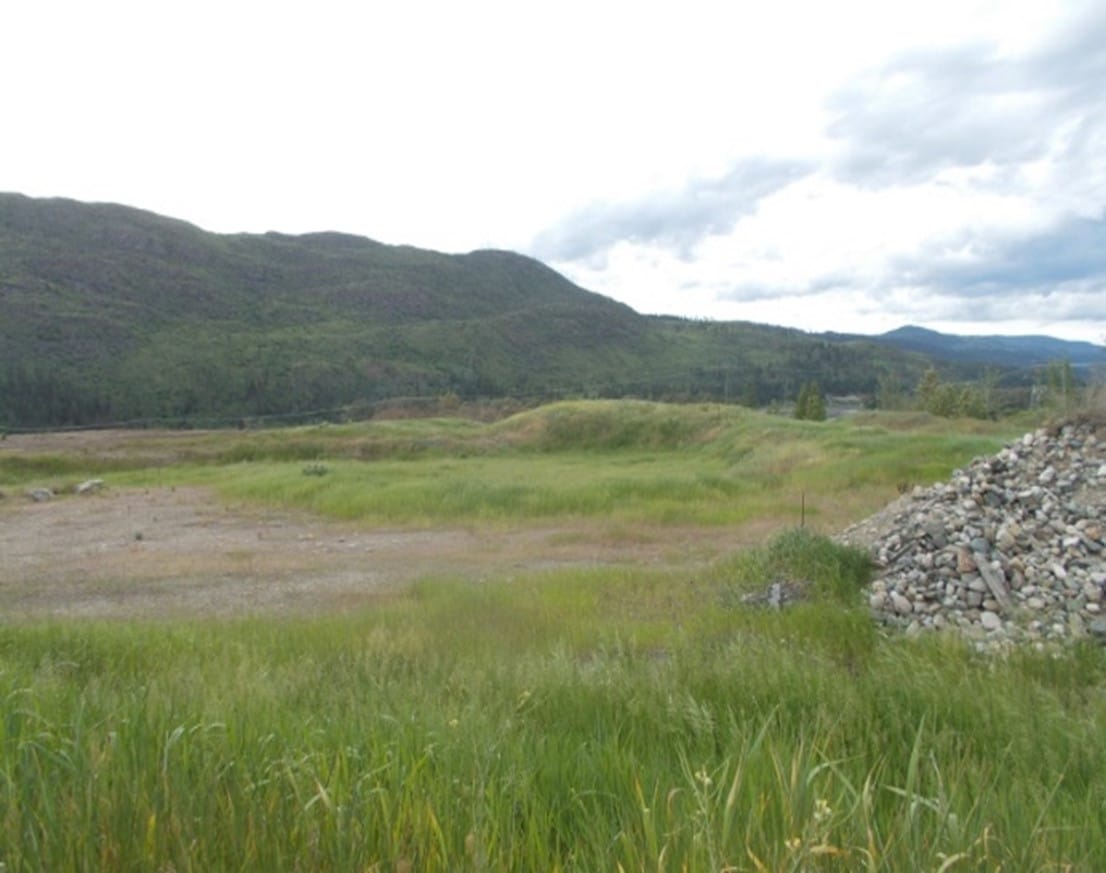
Although this type of work takes time and bears repeating, it is an incredibly important aspect of preventing invasive plant species from spreading.
“We know that soil and equipment are major pathways and vectors for spread and gravel pits are key players involved with these activities. Eliminating the spread of invasive plant seeds and parts reduces or eliminates the introduction and establishment of invasive plants into new areas,” said Dave. “Prevention is the first step to an integrated invasive plant management plan.”
ISCBC encourages you to play your part in eliminating the spread of invasive plant species by practicing the principles of Play Clean Go.
Lisa is a Communications and Outreach Coordinator at ISCBC. She values a diverse environment and connecting with others about environmental protection. In her spare time Lisa enjoys spending time at the ocean and beach combing for sea glass. You can reach Lisa at lhoule@bcinvasives.ca
Share


